#spencer gordon bennet
Explore tagged Tumblr posts
Text

Kirk Alyn as Blackhawk (1952)
#kirk alyn#blackhawk#50s serials#comic book heroes#dc comics#columbia serials#adventure movie serials#spencer gordon bennet#fred f. sears#quality comics#1950s#1952
72 notes
·
View notes
Text

Linda Stirling-Roy Barcroft "Manhunt of mystery island" 1945, de Spencer Gordon Bennet, Yakima Canutt, Wallace Grisell.
39 notes
·
View notes
Text

Killer Ape | 1953
#Killer Ape#Carol Thurston#Max Palmer#typography#movie titles#monster movie#horror#Spencer Gordon Bennet#monster makeup#hammersmith horror#boo#Jungle Jim#vhs#sasquatch#bigfoot#cryptid
135 notes
·
View notes
Text
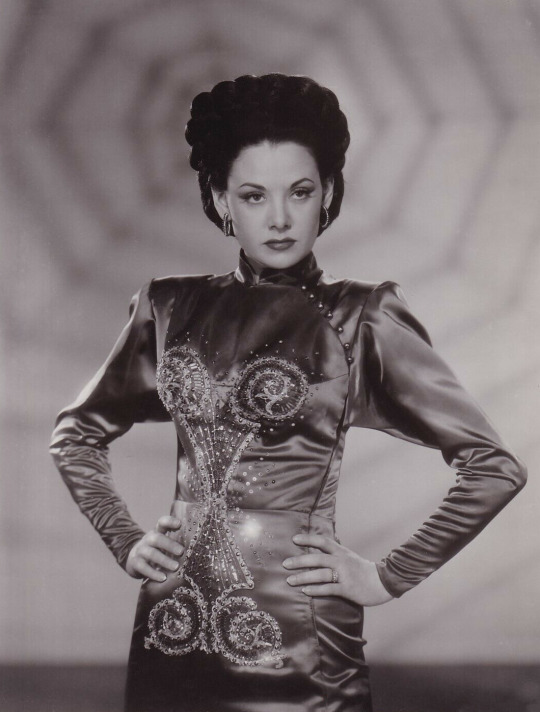
Carol Forman in The Black Widow (1947)
111 notes
·
View notes
Text

Commissioner Gordon’s 85th Anniversary - A look at James Gordon in live action cinema (1949-2022). Who is your favorite Gordon on film?🦇🎥
👮🏻♂️ Lyle Talbot (1902-1996) • Spencer Gordon Bennet’s “Batman and Robin” (1949) | Columbia Pictures
🌃 Neil Hamilton (1899-1984) •
Leslie H. Martinson’s “Batman: The Movie” (1966) | 20th Century-Fox
👮🏻♂️ Pat Hingle (1924-2009) • Tim Burton’s “Batman” (1989) and “Batman Returns” (1992), Joel Schumacher’s “Batman Forever” (1995) and “Batman & Robin” (1997) | Warner Bros. Pictures
🌃 Gary Oldman • Christopher Nolan’s “The Dark Knight Trilogy” (2005-2012) | Warner Bros. Pictures
👮🏻♂️ J. K. Simmons • Zack Snyder’s “Justice League” (2017) | Warner Bros. Pictures
🌃 Jeffrey Wright • Matt Reeves’ “The Batman” (2022) | Warner Bros. Pictures
#Batman #Batman66 #Batman89 #TheDarkKnight #JusticeLeague #TheBatman #CommissionerGordon #DC #Batman85
12 notes
·
View notes
Text

Robert Lowery’s Batman and Johnny Duncan’s Robin in Spencer Gordon Bennet’s 15 chapter film serial “Batman and Robin”. Produced by Columbia Pictures, Chapter One, ‘Batman Takes Over’, hit theaters on May 26, 1949. “Batman and Robin” featured the second set of actors to portray the Dynamic Duo on film and the cinematic debut of the DC character Vicki Vale played by Jane Adams. #OnThisDay 🦇🎥
2 notes
·
View notes
Text
The Purple Monster Strikes
The Purple Monster Strikes
Directed by Spencer Gordon Bennet and Fred C. Bannon, The Purple Monster Strikes was a 15 chapter Crocket manthat debuted in 1945. The series begins with astronomer Cyrus Layton who like all good astronomers is working late one night at his observatory. Layton witnesses something out of the world and races to see the remains of what he believes to be a meteorite crashing nearby. Before he leaves…

View On WordPress
#D-Day on Mars#Dennis Moore#Fred C. Bannon#James Craven#Linda Stirling#Republic#Spencer Gordon Bennet#The Purple Monster Strikes#The Purple Shadow Strikes
0 notes
Photo

Atom Man vs Superman (1950) Résumé : Superman combat Lex Luthor qui utilise un outil de téléportation et une identité secrète, Atom Man, pour réaliser ses plans criminels.
#David Mathews#DC Comics#Don C. Harvey#George H. Plympton#George Robotham#Jack Ingram#Joseph F. Poland#Kirk Alyn#Lyle Talbot#Noel Neill#Paul Stader#Pierre Watkin#Rusty Wescoatt#Spencer Gordon Bennet#Superman#Terry Frost#Tommy Bond#Wally West
2 notes
·
View notes
Text


Carol Forman - The Black Widow (1947)
#carol forman#the black widow#40s movie serials#republic serials#sombra the spider woman#spencer gordon bennet#noirvember#1940s#1947
170 notes
·
View notes
Text

Buster Crabbe-Tommy Farrell-Lois Hall "El crucero fantasma" (Pirates of the high seas) 1950, de Spencer Gordon Bennet, Thomas Carr.
14 notes
·
View notes
Photo









The Bounty Killer 1965
0 notes
Text

Linda Stirling in The Tiger Woman (1944)
#the tiger woman#linda stirling#1944#1940s movies#spencer gordon bennet#wallace grissel#adventure#thriller#serials
23 notes
·
View notes
Photo
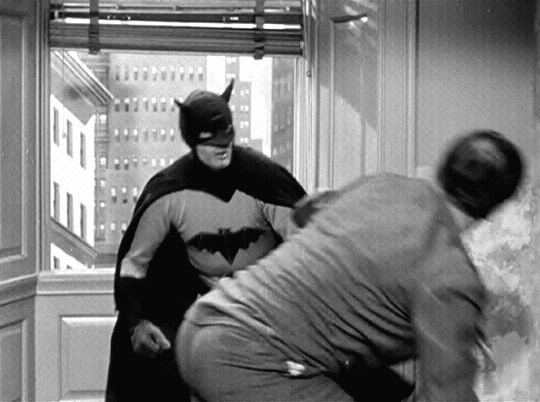
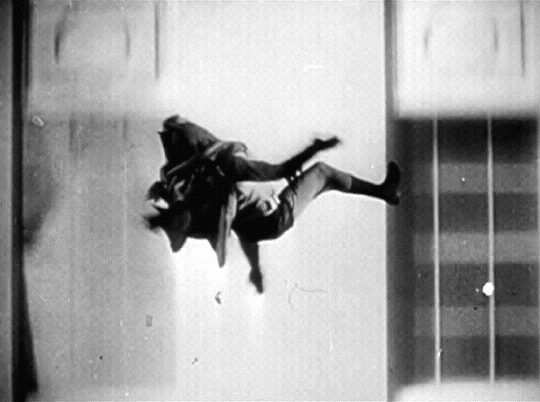
Batman and Robin (1949) Chapter 10 - Batman's Last Chance Columbia Pictures Dir. Spencer Gordon Bennet
150 notes
·
View notes
Text


New Adventures of Batman and Robin, the Boy Wonder (1949, Dir. Spencer Gordon Bennet)
6 notes
·
View notes
Photo

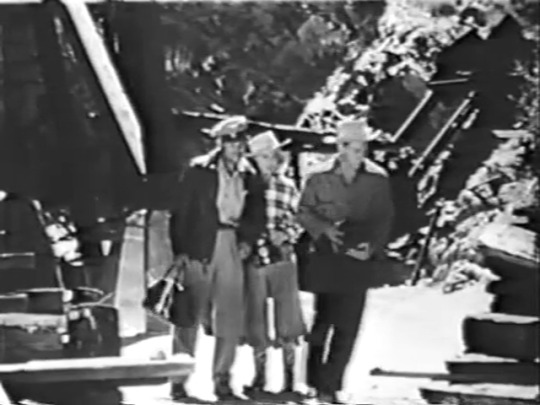



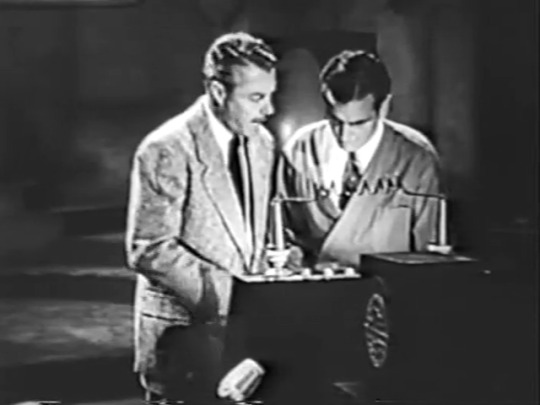
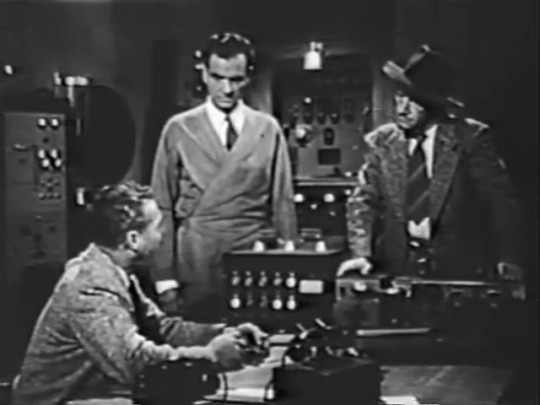

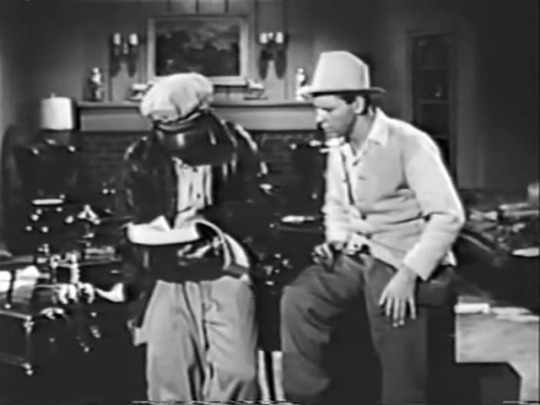
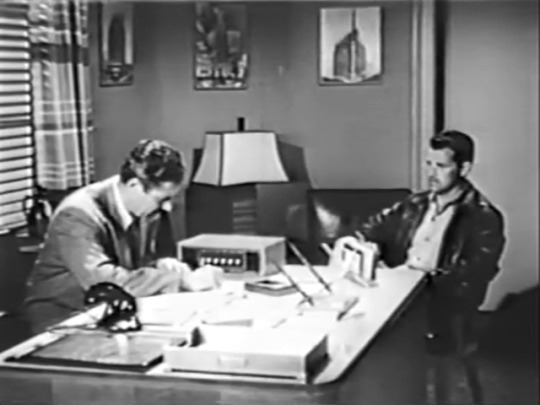
Bruce Gentry (1949)
Film review #530
Directors: Spencer Gordon Bennet, Thomas Carr
SYNOPSIS: Bruce Gentry, a charter pilot, has gone to see his friend is Dr. Benson, but the scientist is kidnapped by a mysterious gang led by a man known only as “The Recorder,” who wants Dr. Benson to work on their “flying disc” machines to unleash an attack on the country. Bruce teams up with Paul Radcliffe, an industrialist, alongside ranchers Juanita and Frank, in order to rescue Dr. Benson and put The Recorder’s gang out of action...
THOUGHTS/ANALYSIS: Bruce Gentry is a 1949 film serial based on the comic strip centred around the character of the same name. The film opens up with Bruce Gentry, a charter pilot, who gets into a fistfight with a gang of henchman less than a minute into the runtime. When Gentry’s friend Dr. Benson is kidnapped by a criminal gang to work on their inventions. Bruce teams up with Paul Radcliffe, an industrialist, and ranchers Juanita and Frank, whose land contains a mine where materials where Plutonite can be found, which the gang need to complete their machines. Together, they all try to rescue Dr. Benson and stop the criminal gang, led by the mysterious “Recorder.” The fifteen part serial has all the components that are very typical of the format, with each chapter revolving around the back-and-forth between the good guys and bad guys as they scheme and counter-scheme one another. It’s formulaic, but no less so than any of the other serials of the time. The use of airplanes as one of the focal points of the serial, and the main character being a pilot was again a popular choice of serials, as they were firmly in the public’s imagination after the second world war, and were seen as heroes. Unfortunately, there’s not much plane action in this; merely travelling from one destination to another, and usually not making it, as Bruce typically has to jump out of the plane at the last second to avoid being killed in typical cliffhanger fashion. There’s no dog fights or combat in the skies, which is something other serials do, so it is going to pale in comparison to others, and it feels like more could have been done instead of the forgettable schemes we get. The plot barely moves forward at any point, and is stuck at the initial stalemate between the heroes and villains until the final chapter.
The cast of characters is pretty bland: Bruce Gentry is a typical male lead (as with nearly all of these serials), but he doesn’t have anything special or interesting to set him apart: he just flies a plane occasionally. The rest of the characters are also unimportant: Paul Radcliffe, who hires Bruce to investigate the criminal gang, wants the secret of the flying disc’s that the gang uses for himself, but keeps that a secret. This could have led to an interesting side story, but it’s never really followed up. There’s Juanita, the one female character (apart from Paul’s secretary) who has some fight in her, but usually just falls into the role of being kidnapped every other chapter. Frank is completely ineffectual, and just serves as another pair of hands, and the henchmen are completely unremarkable. The Recorder, the mysterious villain who leads the criminal gang, is only heard through voice recordings (hence the name I guess), and while his identity is kept secret throughout the serial, his eventual reveal comes long past the point of being invested in this serial.
As mentioned, the serial does little to try anything new, and the lack of action that isn’t just fistfights makes everything very predictable and dull. One noteworthy element is that this serial is the first time a “flying saucer” was featured on screen, with the criminal gang’s “flying discs” being their main weapon. They are mostly seen as a traditionally animated object flying towards the screen, which does look a bit out of place, and could probably achieved without resorting to animation and creating something so distractingly different to the rest of the serial. This technique was done in other serials, most notable in the Superman serials, but this was typically for when Superman had to fly, which would have been difficult to film in such low budget, low-tech conditions. In Bruce Gentry, I’m sure they could have just used a model to the same effect. Directed by Spencer Gordon Bennet, who directed by so many similar serials, Bruce Gentry has all the pieces of a typical serial, but fails to offer anything in terms of an exciting plot, interesting characters, or unique sci-fi premises. I’d rank it below average, but definitely not the worst of the movie serials (only because there are some really bad ones).
2 notes
·
View notes
Text




Myrna Loy and José Bohr star in ROGUE OF THE RIO GRANDE directed by Spencer Gordon Bennet and released #OnThisDay in 1930
15 notes
·
View notes